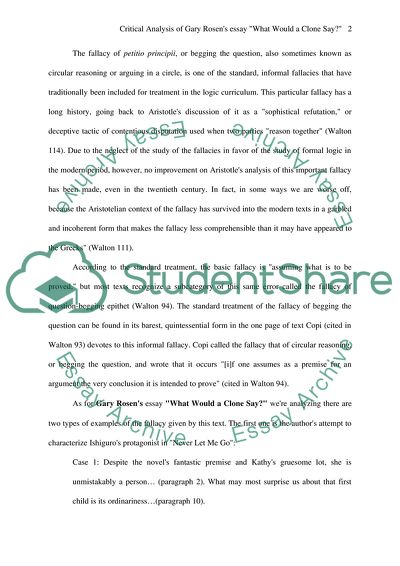Cite this document
(What Would a Clone Say by Gary Rosen Case Study - 1, n.d.)
What Would a Clone Say by Gary Rosen Case Study - 1. https://studentshare.org/literature/1704092-critical-analysis-of-gary-rosens-essay-what-would-a-clone-say
What Would a Clone Say by Gary Rosen Case Study - 1. https://studentshare.org/literature/1704092-critical-analysis-of-gary-rosens-essay-what-would-a-clone-say
(What Would a Clone Say by Gary Rosen Case Study - 1)
What Would a Clone Say by Gary Rosen Case Study - 1. https://studentshare.org/literature/1704092-critical-analysis-of-gary-rosens-essay-what-would-a-clone-say.
What Would a Clone Say by Gary Rosen Case Study - 1. https://studentshare.org/literature/1704092-critical-analysis-of-gary-rosens-essay-what-would-a-clone-say.
“What Would a Clone Say by Gary Rosen Case Study - 1”. https://studentshare.org/literature/1704092-critical-analysis-of-gary-rosens-essay-what-would-a-clone-say.


